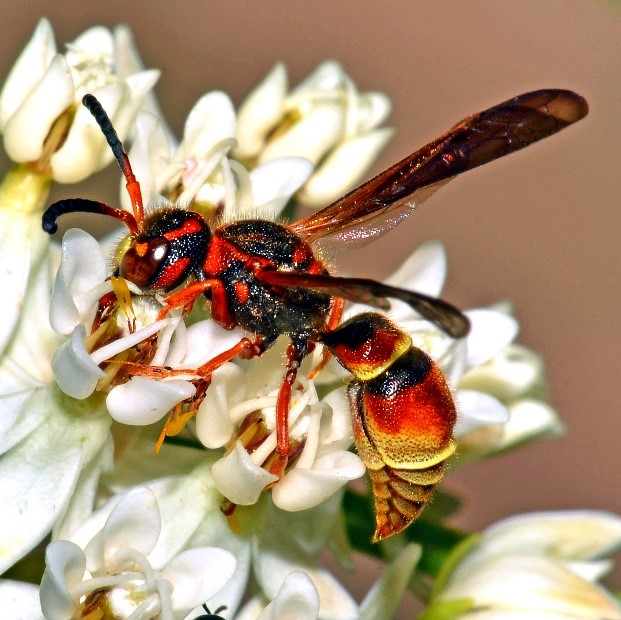New records of pollinators and other insects associated with Arizona milkweed, Asclepias angustifolia, at four sites in Southeastern Arizona
DOI:
https://doi.org/10.26786/1920-7603(2021)621Abstract
Asclepias angustifolia is a Mexican milkweed that barely enters the U.S.A. Its pollinators and other insect visitors have not been investigated. During 2018 and 2019, insect visitors were photographed at a native population and three gardens in and near the Huachuca Mountains, Southeastern Arizona. A total of 216 site visits produced at least 369 species of insects in seven orders. Images revealed 140 potential pollinators with a preponderance of Hymenoptera, Lepidoptera, and Diptera. Orders of insects are discussed, as are flowering phenology, potential pollinators in functional groups, introduced insects, and the value of A. angustifolia for monarch butterflies and other insects in pollinator gardens and in planting palettes created for restoration sites.
NOTE: Supplementary files can be found in the left menu.

Published
How to Cite
Issue
Section
License
Copyright (c) 2021 Robert Aaron Behrstock

This work is licensed under a Creative Commons Attribution 4.0 International License.











